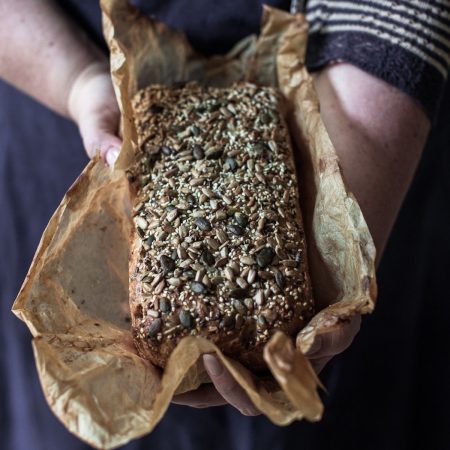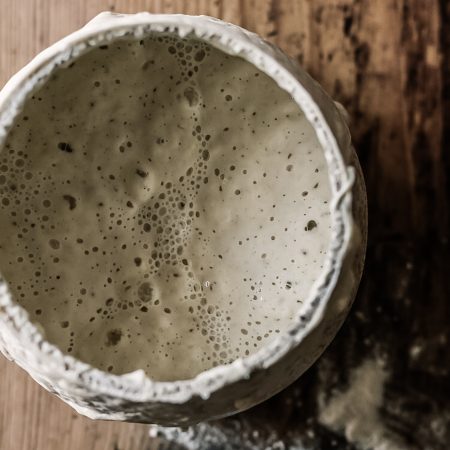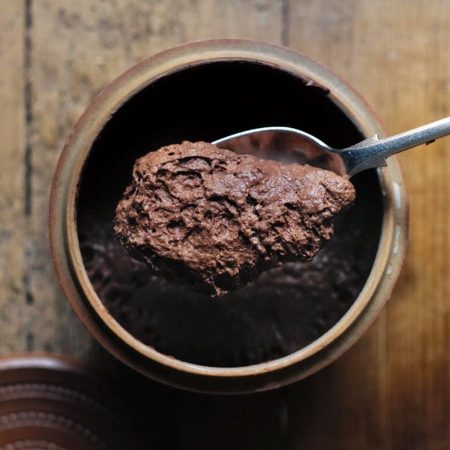Dan Saladino is a journalist and broadcaster, and has been the BBC Radio 4 Food Programme producer and/presenter for the past 15 years. This is Dan’s first book, concentrating on stories of endangered foods, to protect diversity: ‘Eating to Extinction The World’s Rarest Foods and Why We Need to Save Them‘.
Above is Dan’s lecture on Heritage Grains, and below is the Live Q&A that followed:
We highly recommend getting Dan’s book and we have it on our recommended reading list.
Extract from ‘Eating to Extinction The World’s Rarest Foods and Why We Need to Save Them’
‘Charles Darwin’s On the Origin of Species (1859) and Gregor Mendel’s rules of inheritance gleaned from his famous pea experiments (1866) Kavilca Wheat 67 provided plant breeders with the foundations of an agricultural revolution. Experimental research programmes were launched in the late nineteenth century by the British and the United States Department of Agriculture (USDA), and also by scientists in Russia. The emerging science of crop genetics was quickly put into practice on wheat, then, as now, the world’s most widely grown crop. At Cambridge University in the early 1900s, the first Professor of Agricultural Botany, Rowland Biffen, applied Mendelian genetics to breed new higher-yielding varieties; he identified attractive traits in wheats found across the British Empire and hybridised (crossed) them with other varieties.
Around the same time, inside a lab in a district of Berlin, the chemist Fritz Haber succeeded in ‘fixing’ nitrogen into liquid ammonia, creating the basis for synthetic fertiliser. Until this point, lack of nitrogen in soil had been the biggest brake on the industrialisation of crop production; but in a lab, using extreme temperatures and extraordinary pressures, Haber and his assistant Carl Bosch managed to synthesise nitrogen on a large scale. It was one of the most important discoveries in modern history. As the science writer Charles C. Mann puts it, ‘More than 3 billion men, women and children – an incomprehensibly vast cloud of dreams, fears and explorations – owe their existence to two early-twentieth-century German chemists.’ However, there was a drawback which needed to be overcome. When farmers applied the new chemical fertilisers to their fields, crops became so tall and their grains so heavy they fell over (or lodged), which either made harvesting too difficult or left food rotting away on the ground. This problem took decades to solve, and the solution was ingenious.
In occupied Japan in 1946, an American biologist, Cecil Salmon, came across a strange-looking wheat that grew just two feet tall instead of the usual four or five. The ‘dwarf wheat’, called ‘Norin 10’, was sent first to the USDA and later, in 1952, it caught the attention of a plant breeder working on a remote research station in Mexico. Norman Borlaug, originally from Iowa, had been developing disease-resistant varieties of wheat to help peasant farmers. He began working with Norin 10, crossing it with traditional Mexican varieties. By shrinking wheat plants, he figured, he could strengthen the stem and unleash the power of the new fertilisers. In search of improved wheat, working alone for months on end, he cross-pollinated thousands of plants by hand. He would sleep in a rat-infested research station with broken 68 Eating to Extinction windows and no running water. In the absence of a tractor or a horse, he strapped a harness around his chest to pull a plough across fields.
After years of arduous experiments, Borlaug succeeded in creating new disease-resistant, higher-yielding varieties. By 1963, 95 per cent of Mexico’s wheat was Borlaug’s varieties, Lerma Rojo 64 and Sonora 64, which tripled the country’s wheat harvest. They were soon adopted in India, Pakistan and Afghanistan, and within the space of a decade, right across the wheat-growing world. Famines that had been anticipated were averted, and in Cold War politics, the Green Revolution became a powerful tool to halt the spread of communism in developing countries. Borlaug became known as the man who saved a billion lives and in 1970 was awarded the Nobel Peace Prize. But the Green Revolution had other consequences.
Borlaug’s dwarf wheats were part of a package: they needed lots of water through irrigation and huge amounts of fertiliser produced by the energy-hungry Haber–Bosch process. This food revolution was nourished by fossil fuels. Nearly half of all the crops consumed by humans today depend on nitrogen derived from synthetic fertiliser. And there was another essential feature of the Green Revolution package: uniformity.’
Instagram: dan.saladino
Twitter: @DanSaladinoUK




Leave a Reply